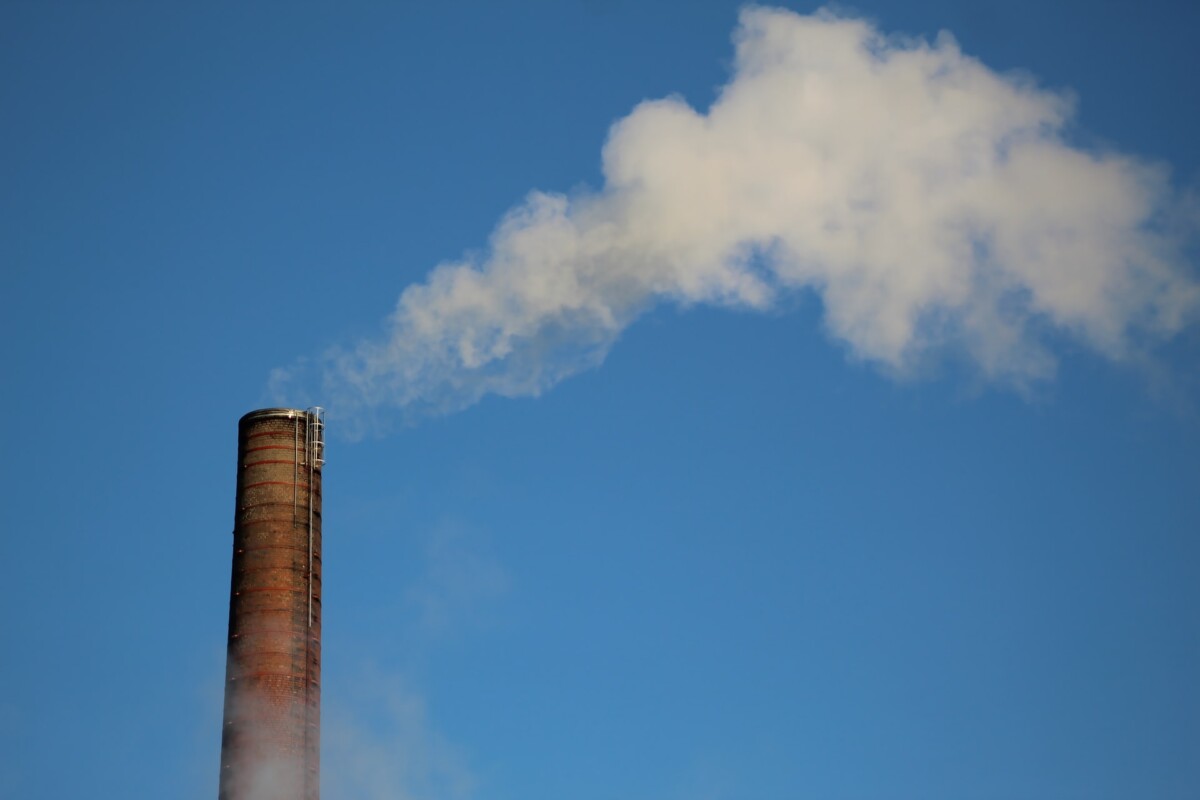As facilities around the U.S. prepare to report emissions for reporting year 2017 (RY2017), it’s likely that the effects of the recent hurricane season are being evaluated to determine the best way to incorporate those impacts.
In Texas, for example, the annual emission inventory (AEI) is due to the Texas Commission on Environmental Quality (TCEQ) on March 31, 2018. Other RY2017 reports include the Tier II and Toxic Release Inventory (TRI), both federal reports driven by the Environmental Protection Agency (EPA) and due March 1, 2018 and July 1, 2018 respectively. For facilities impacted by Hurricane Harvey or other natural disasters, the emissions sources and reporting for RY2017 could be more complex than in previous years.
Hurricane Harvey, while wreaking havoc on the state of Texas and causing significant flooding and damage, also caused air emission events and other types of spills and releases. The NY Times reported that 46 facilities in 13 counties reported an estimated 4.6 million pounds of airborne emissions through TCEQ’s Air Emissions Events Reporting Database from August 23 – August 30, 2017.
In light of the potential for emission events related to Hurricane Harvey, below are a few challenges to be aware of when preparing your RY2017 air emission reporting:
Potential Air Emission RY2017 Challenges
- As Hurricane Harvey and other large storm systems caused significant flooding for many facilities last year, facilities are encouraged to begin the data collection and reporting process as early as possible to account for any new emission sources such as generators, changes in operations, and emission events which may have resulted from response efforts to Hurricane Harvey or other catastrophic events.
- Hurricane-related emission events in the AEI are likely to impact TRI reporting as well for RY2017. For facilities subject to both AEI and TRI reporting, getting a jump start on the AEI will help with the data collection for the TRI.
- In Texas, the TCEQ also acted to suspend some of the regulatory-driven recordkeeping and reporting requirements to help facilities resume normal operations as quickly as possible. While emission event reporting was suspended, per TCEQ Request for Rule Suspension (August 28, 2017), it’s currently unclear what the expectations will be to capture such emission events in the AEI, as the suspension was limited to the duration of the disaster.
- The TCEQ guidance clearly states that the temporary suspension of TCEQ regulations during Hurricane Harvey had no impact on federal regulations. As such, any spills or emission events that would impact TRI reporting would have to be captured for the RY2017 TRI report, regardless of whether they were reported to TCEQ during Hurricane Harvey.
- Because states typically compare their AEI reports with what is submitted in the TRI for air emissions and emission events, it’s suggested that facilities are consistent in how they report emissions events in both reports to avoid revising their AEI.
- For facilities in other areas impacted by the hurricane season or other natural disasters, be sure to check in with your state or local air regulatory authority and/or your permitting engineer for resources to address emissions events or necessary facility changes during the disaster and during the subsequent annual emissions reporting.
- In addition to emissions events, potential changes in equipment operating conditions due to a natural disaster can necessitate use of new chemicals at a facility. It’s important to consider any chemical changes when evaluating Tier II applicability and update the Tier II as needed in a timely fashion to help protect local emergency response teams in the event of an emergency.
As the potential challenges outlined above illustrate Hurricane Harvey’s impact on Texas facilities, below is a roundup of some TCEQ and EPA resources to help you during RY2017.
TCEQ Resources
- On January 24, 2018, the TCEQ is holding an AEI workshop that will cover updates for RY2017, applicability requirements, web reporting, and common emission sources. Registration information can be found here: TCEQ AEI Workshop January 24
- The TCEQ released the following regulatory guidance as it pertains to Hurricane Harvey. Check it out here: Texas Hurricane Regulatory Guidance .
- The TCEQ landing page for all things AEI can be found here: TCEQ AEI Web Page
- If you’re outside of Texas, seek guidance from your state environmental agency or through your permit engineer.
EPA Resources
- The EPA has a website dedicated to TRI reporting that publishes guidance each reporting year and includes multiple documents to assist facilities in reporting releases. They typically offer training classes in most states in the spring prior to the reporting deadline. The TRI website can be found here: EPA TRI Program
- Submission of the Tier II is required under Section 312 of the Emergency Planning and Community Right-to-Know Act of 1986 (EPCRA). The EPA has a website with instructions and guidance found here: EPA Tier II Guidance
- To obtain Tier II reporting procedures and requirements for your state, check out the following website: EPA Tier II State Requirements
Learn More
While the above focused primarily on reporting challenges associated with hurricanes and flooding, any form of natural disaster, such as fires and earthquakes, has the potential to greatly impact facility operations and facility emissions.
Whenever possible – regardless of any potential suspension of state reporting or recordkeeping requirements – facilities are encouraged to maintain accurate records to better facilitate reporting. For RY2017 and beyond, facilities are strongly encouraged to get an early start on data collection and reporting while taking advantage of the resources their state agencies provide.
For more information on AEI, Tier II and TRI reporting, contact Arcadis’ Air Services National Practice Leader, Linda Kemp and stay tuned for Cority’s upcoming Air Compliance webinar in March with Environmental Leader.









